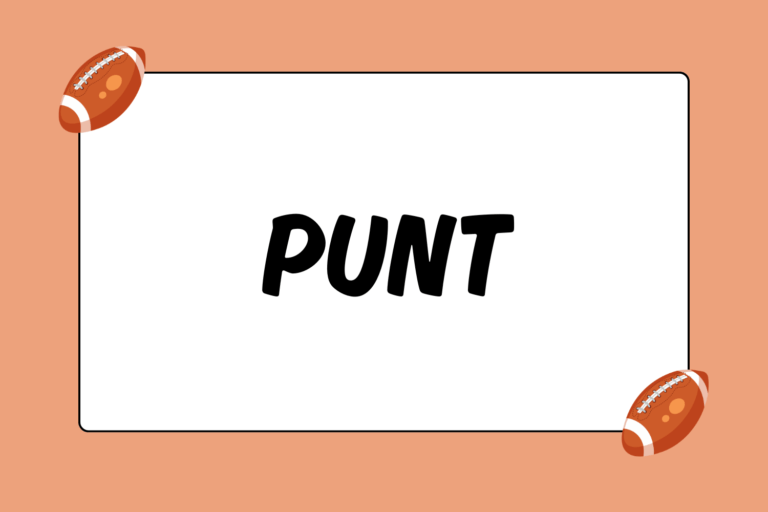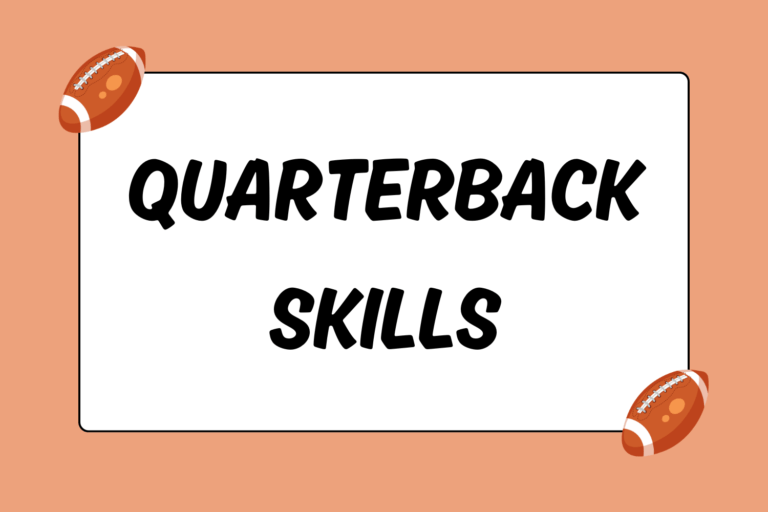In football, the term Formation refers to the particular arrangement of the players on the field for a given play. Different formations are designed with different strategies in mind. On the defensive side of the ball, some formations focus largely on preventing passes from being completed, while others are put in place to stop a rushing attack. Some are designed in such a way to defend against both running plays and passing plays in equal measure.
Defensive Formation Structure
In regards to designing a Defensive Formation, none of the restrictions and/or structures imposed on offensive players and the formations in which they line up exist on the defensive side of the ball. Defensive players enjoy a good bit more freedom before the ball is snapped; literally every defensive player could be moving before the start of a play and it would be perfectly legal … with two exceptions, that is:
- Though a defensive player can enter the neutral zone before a play starts (at the professional and college level), if they touch an offensive player it’s a foul.
- Along similar lines, defensive players cannot be in the neutral zone when the ball is snapped. This is also a foul.
Other than that, defensive players are free to move as they like, and indeed, many players/teams incorporate that freedom into their strategy. For example, defensive lineman will commonly line up in one spot, then quickly move to a different spot just before the ball is snapped. This is done in hopes that it will confuse the offensive linemen about whom they’re supposed to block. It’s also common for linebackers and defensive backs to approach the line of scrimmage and appear as though they’re going to blitz prior to the ball being snapped, only to retreat back to their original spots; this, too, is done in an attempt to confuse the offense into making a mistake.
Another important part of the defensive game is recognizing the two different sections of that side of the ball: The box, and the secondary. The box is defined as the area of the field within five yards of the line of scrimmage (LOS) and framed on both sides by the O-tackles. The secondary is the area of the defensive field behind the box, and also refers to the group of players who are lined up in that area. Commonly, D-linemen and linebackers are found in the box, with cornerbacks and safeties occupying the secondary. However, there are no rules that define exactly where a defensive player must line up.
Common Defensive Formations
Listed below are some of the more common defensive formations. Some are identified by two numbers separated by a hyphen — the 4-3, 3-4, and 4-4, for example. The first number represents the number of D-linemen used in that particular formation, and the second number represents the Linebackers used. Learning these will make it much easier to understand some of the more in-depth formations. Be sure to click on the images below to view an expanded version of each formation.
The 4-3
The 4-3 is one of the two most common defensive formations, along with the 3-4. The standard 4-3 uses four D-linemen — two tackles and two ends — three linebackers, two cornerbacks and two safeties.
- The four D-linemen are primarily responsible for stopping the run. Although, during some pass plays one or both of the D-ends will be required to protect the ‘flats’ — areas outside the box but still within approximately five yards of the LOS.
- The linebackers are responsible for defending against both run and pass plays, but one linebacker occasionally will have a specific responsibility, while the other two would play a more reactionary role. For example, if the middle linebacker blitzes as soon as the play starts, the other two linebackers will still wait and see if the offense is running the ball or passing it.
- The D-backs are almost always concerned with defending against pass attacks. Occasionally, though, one or more of them will immediately blitz the line of scrimmage.
The selection and arrangement of personnel makes the 4-3 a very balanced formation, capable of defending against both running and passing attacks.
The 3-4
Much like the 4-3, the 3-4 is a balanced formation capable of defending almost equally against both run and pass attacks. Trading a D-lineman for an additional linebacker, the 3-4 is quickly becoming a popular defensive scheme in the NFL.
- The three linemen almost always are responsible for controlling the LOS in the box.
- The four Linebackers are responsible for defending against running and passing attacks in equal measure. On run plays, however, they are expected to help more than they would in a 4-3 set. This is due to the numbers advantage the O-linemen have over the D-linemen.
- The main responsibility of the D-backs is defending against pass attacks, but one or more of them will occasionally blitz the line of scrimmage.
The biggest difference between the 3-4 and 4-3 is the size/speed trade-off that occurs. The 4-3 has four D-linemen (size) and three linebackers (speed), while the 3-4 trades a lineman for another linebacker, tipping the scale towards the speed end. And although the 4-3 has long been the defensive standard (at least in the NFL), lately, more and more teams have switched to using the 3-4 as their base defensive formation.
The 4-4
Breaking away from the balanced defensive scheme, the 4-4 focuses on stopping the run by removing one D-back (usually a safety) from the formation and adding another linebacker. This puts eight defensive players in the box.
- The four D-linemen are responsible for stopping the run game at the LOS.
- The responsibilities of the four linebackers range from stopping the run to covering receivers. Having linebackers cover receivers, combined with the fact that there are only three D-backs on the field in the first place, really makes the defense susceptible during passing plays.
- The three D-backs defend against the pass.
The 4-4 definitely makes it easier to stop the run, but with the removal of a D-back, the defense is more vulnerable to passing attacks.
Nickel, Dime, & Quarter Formations
Much like the 4-4 is focused on stopping the run, the nickel, dime, and quarter formations are all dedicated, with increasing intensity, to stopping the pass.
Nickel:
This formation utilizes five defensive backs, one extra from most other defensive formations. The term ‘nickel’ — the name of the American coin worth five cents — comes from the fact that the extra/fifth D-back makes for five in the formation. The fifth D-back is referred to as the ‘nickel back.’ Usually, there are four D-linemen and two linebackers, although that is not a concrete element in the formation.
Dime:
The dime formation is basically the same as the nickel, except that there is a sixth defensive back added to the mix. This sixth back is basically considered a second ‘nickel back,’ and as two nickels equal one dime (worth 10 cents), this formation became known as the Dime. The dime formation usually fields four D-linemen and one linebacker.
Quarter:
At this point, the math used in creating the names of the nickel and dime formations goes right out the window. The quarter defense, also known as the prevent defense, fields seven defensive backs. It is almost exclusively used toward the end of a game, when the offensive team is a long distance from the end zone, and the defensive team simply has to keep it from getting into the end zone. The quarter usually fields three D-linemen and one linebacker.
Goal-Line Formation
Occasionally, the defense will find itself backed up very close to its own end zone, with the offense needing only a handful of yards to score. In these situations, the defense will usually go to its goal-line defense — a formation that relies on having many sizable players in the box at one time. This formation is meant to clog the middle of the LOS.
The strategy goes something like this: The shortest distance between two points (the offense and the end zone, for example) is a straight line, so by putting many defensive players in between those points, it forces the offense to run a play that makes scoring more difficult. Each team’s goal-line defense will look different, but there are commonly seven or eight players in the box at once, and those players are usually among the biggest on the team.
Just to Name a Few
These formations are among the most common in use today, but they’re definitely not the only formations you’ll see in a game. And for every one formation, there are several variations that also exist, each just unique enough to have its own name. A good defense needs to be able to stop whatever an offense can throw at it, so the more formations available, the better the defense’s chances are that it’ll keep the offense from moving the ball.





